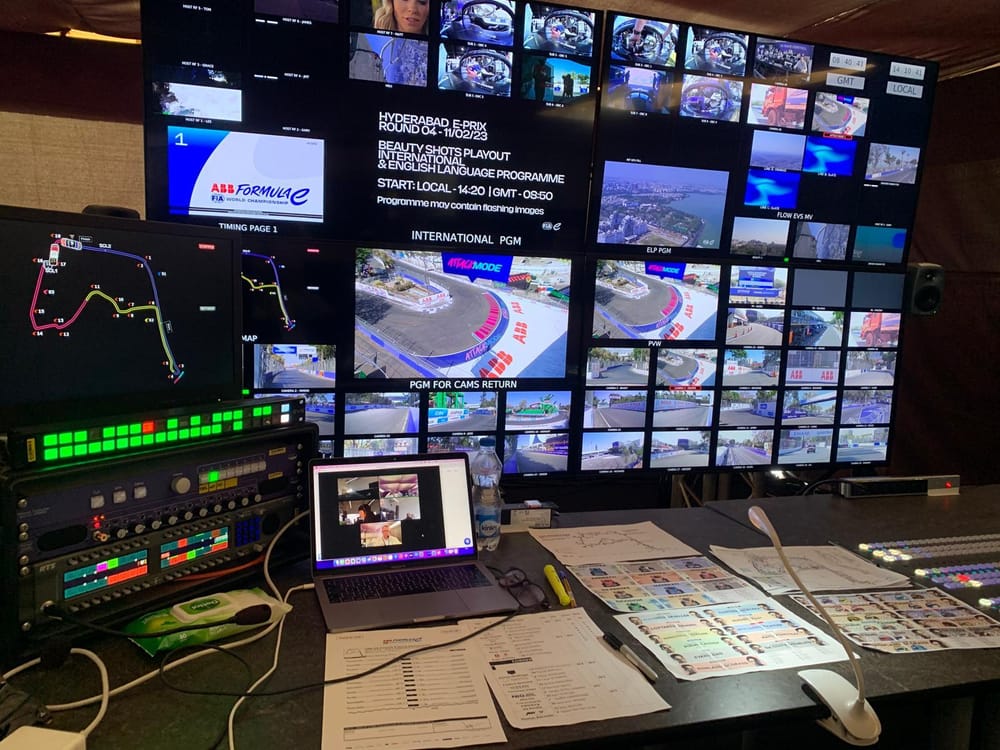Formula E knows only too well that tests and recces only go so far. It's real-time action of something new, with inherent jeopardy attached, that proves the pudding.
The return of scheduled pitstops to Formula E (for the first time since the Gen1 mid-race car swaps ended seven years ago) via the energy boosting system that has been over two years in trials, becomes a reality this Friday in Jeddah.
Each car must make a mandatory pitstop to get a 10% energy increase (3.85kWh) through a 34-second, 600kW rapid recharge in the pitlane. Pit Boost will be part of the first race of the Saudi Arabia double-header and is hotly anticipated.
There is some irony in the fact that the recent return of useful attack mode power hits for eight minutes has now brought meaningful overtaking, not the meaningless passes of the crazy 'peloton' events that have occasionally been witnessed over the last two seasons.
In any other strand of racing the eight minutes of attack mode with all-wheel-drive would be more than enough entertainment for a 50-minute race. Not in Formula E, the self-confessed master of cultivated chaos.
The sporting side of what the pitstops might mean has been discussed extensively. But what about the audience's experience of it? How will it be portrayed clearly and entertainingly with 34-second static stops that will be the antithesis of the 'blink and you miss it' Formula 1 ins and outs and that totally jumble the race order?
There has to be a great emphasis on the TV graphics and commentary to explain the Pit Boost stops when they are introduced. A dummy race at Jarama last November was a chance for a practice run and while it was initially met with apprehension, and yes some issues, it was deemed sufficiently interesting and engaging enough for the FIA and Formula E to eventually give pitstops the green light for races.
The Race has had comprehensive discussions with key figures in the Formula E broadcasting area such as executive producer Mike Scott, Formula E broadcast and content director Tim Glass and lead commentator Tom Brooks, as they position themselves to explain to and educate millions of viewers about the start of what might just be a new sporting era for Formula E.
How Formula E TV is made
Formula E has a relatively new streamlined way of televising its races. Aurora Media Worldwide and Whisper combine for the overall production of the feed, with Aurora headed by the experienced Scott and Westbury Gillett producing it both on location and from a remote-based production hub in London developed by Gravity Media in 2023. Whisper is responsible for the English language programme also from London. A range of suppliers also chip in including Gravity, but also Tata Communications and Timeline TV.
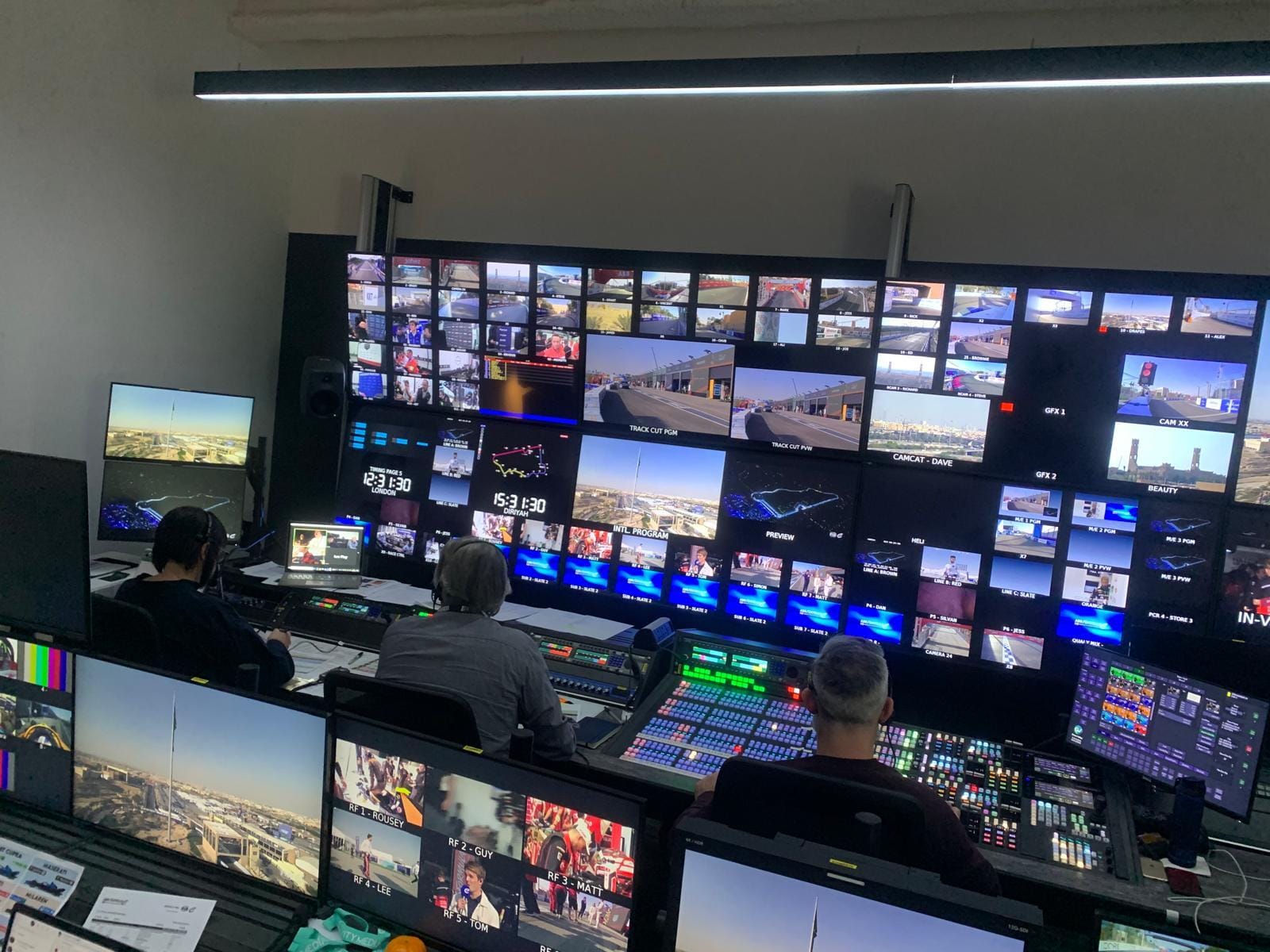
The Race was granted rare access to Formula E's mobile control centre gallery at the Mexico City event last month and was dazzled by a complex-looking array of monitors and multiple feeds that were being readied, not only for the Mexican race, but also the upcoming illustration of the return of pitstops to Formula E.
Multiple feeds shown include timing, track map, 'beauty cameras', onboard Cameras, RF cameras, track feed, preview, and track cameras are set up in a bank of monitors for Scott's eyes to rove upon.
"We're used to doing pitstops in all the other series, so it's new for everybody [in Formula E], but not new to us, so that's a win," Scott told The Race.
"Honestly, I was a little bit sceptical at first and I thought we have excellent races as it is.
"But when I saw the dummy race in Jarama and how it all came together, I went 'oh, it's cool actually. It adds another dimension."
The key challenge of illustrating Pit Boost
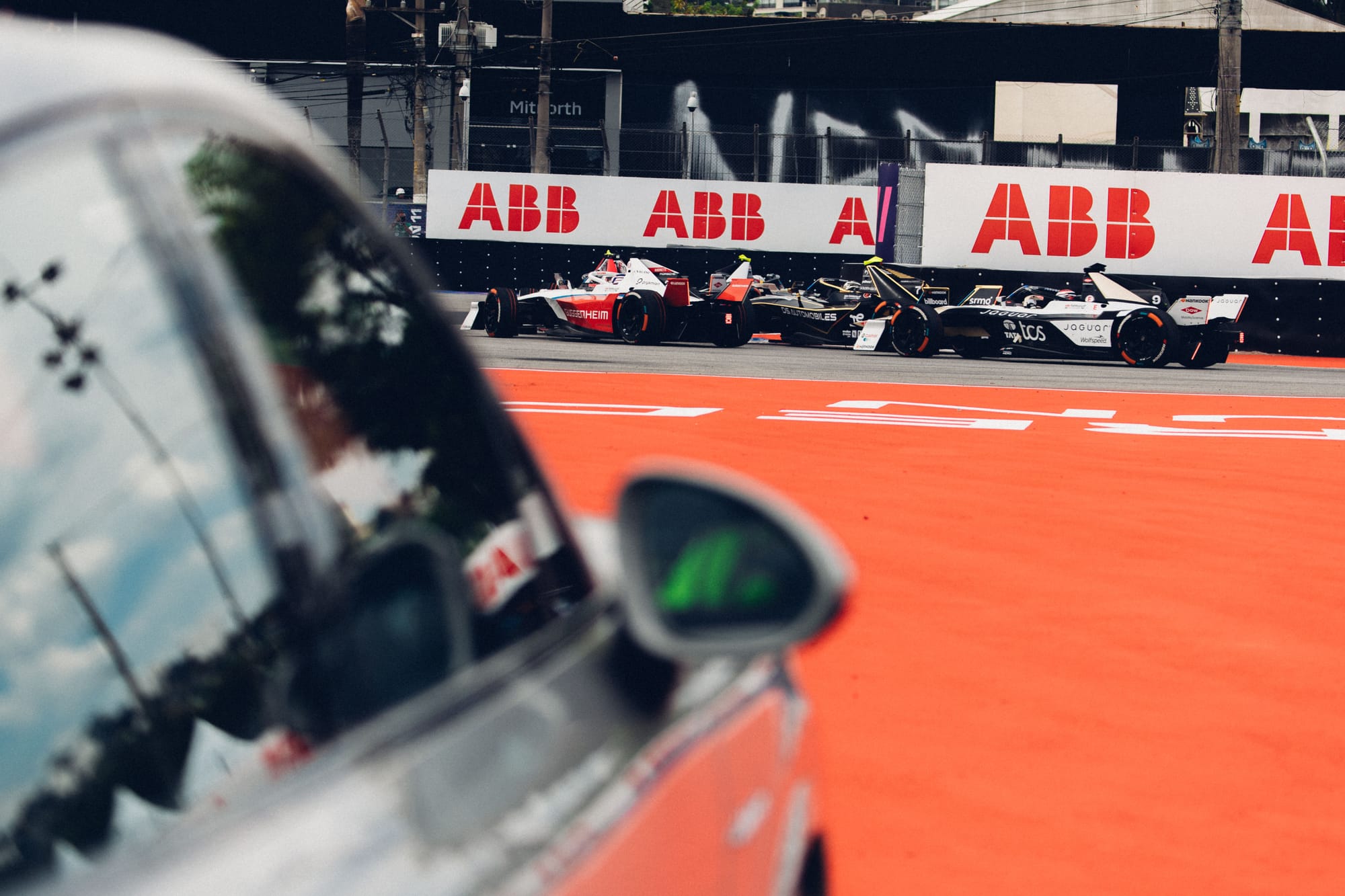
While the Mexico City E-Prix was a relatively simple affair to follow, the preceding Sao Paulo race was "a very interesting one to produce" according to Scott, who has been calling races from a TV standpoint for 30 years.
The race featured two red flags, the first racing evidence of the all-wheel-drive Gen3 Evo cars' far more potent use of the extra 50kW attack charge, and a narrative largely developed through the red flags that enabled a unique back-to-front win for Mitch Evans' Jaguar and a headache for reigning champion Pascal Wehrlein, who finished it all on his head.
There will be more races such as Sao Paulo, except that they will now also feature pitstops. With the likelihood of multiple cars pitting on the same lap, and indeed possibly half of the field doing so on occasions, that will bring more than a degree of challenge for the TV controllers.
Essentially the race should be split into two for several laps with teams forced to choose which driver pits on which lap due to the 'no double stacking' rule.
Then there is the threat of a safety car or full course yellow situation that adversely affects one group or the other. The pitlane will not be closed when a safety car is deployed, meaning a risk of races being wrecked via other hands. This is something that happens in racing occasionally anyway, it just now appears that another opportunity for that has been introduced.
The pit window will only open when the battery State of Charge (SoC) of 60%> Batt_MinSOC (from CAN message BMS_HV_01_Status) >40%. What that means in coherent English is the cars need the battery to be between a certain state of charge - between 60% and 40% - in order to do the boost charge in the pits. And that state of charge is not the TV value you see when they show the 'SOC% remaining' graphic, which represents the amount of usable energy as defined by the rules for that race left. It's between 60% and 40% of the physical remaining battery energy, which is larger than what teams are allowed to use in each race. The Race estimates that means pit boost stops can start around lap 12/13 of the 31-lap Jeddah race.
But if a safety car is called the potential disadvantage opens up for many and effectively splits the race completely for those that haven't pitted.
This is a concern of champion Wehrlein.
"I just hope that it doesn't affect the race results in a bad way that the first group of cars does the pit boost, and just right after we have a safety car or something like that," he told The Race last month.
"This would mix up the whole field completely and you could be running in P1, and then if you're in the wrong group you could be out of the points. That's the only concern from my side. Otherwise I am looking forward to it."
Concerns that cars could be lapped when they pit seem highly unlikely this week but cannot be discounted. Pit in, a 34s stop and a pit out at 60km/h (37mph) will probably amount to a 1m00s/1m05s total in Jeddah. With lap times expected to be around the 1m20s mark on the Formula E version of the F1 track, being lapped shouldn't be a risk for the leaders.
The subsequent events after Jeddah that could also feature Pit Boost stops are Monaco, Tokyo, Shanghai, Berlin and London. None of those are sufficiently short laps for a 34s stop to put cars a lap down as long as the stop is clean.
How the stops will be covered
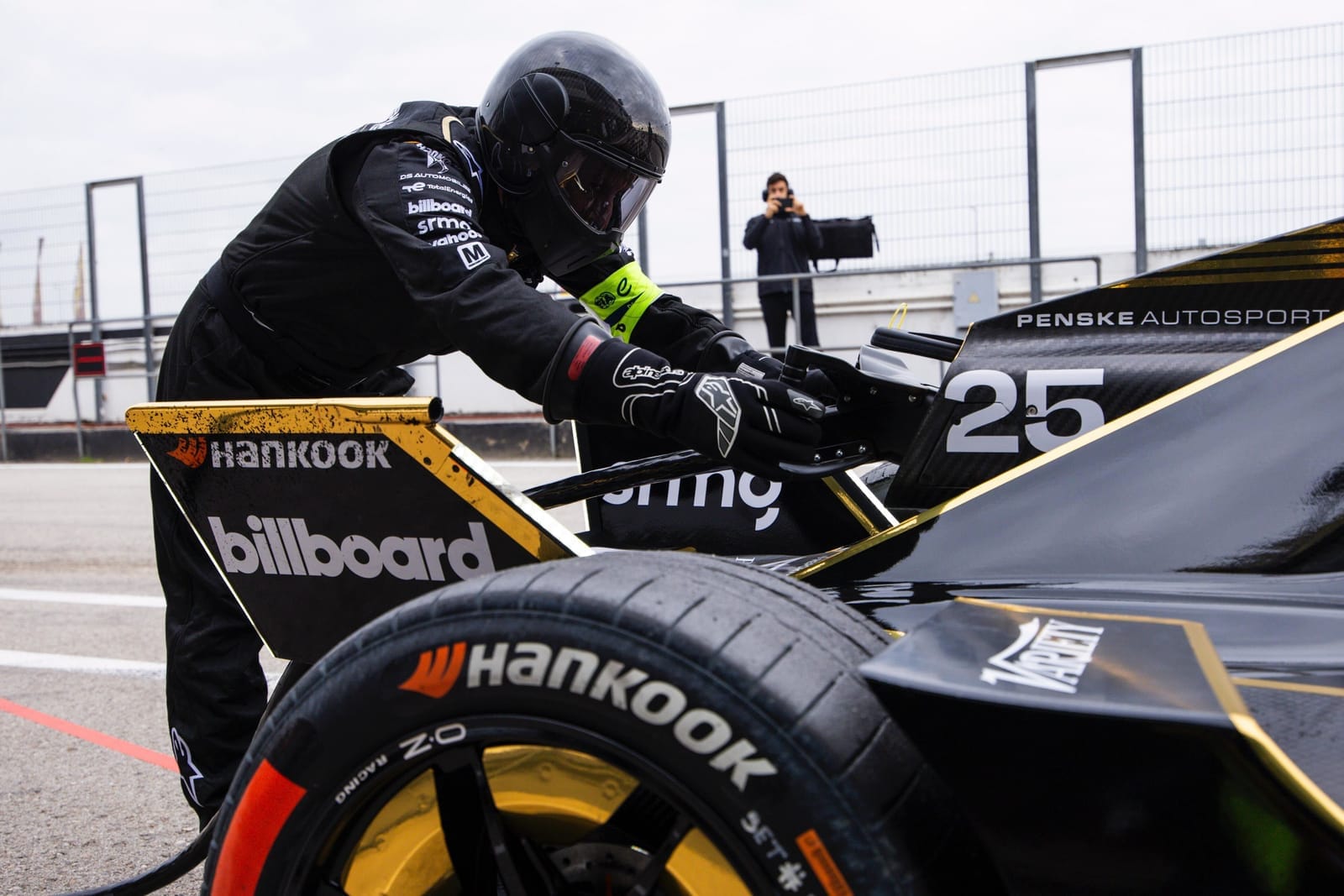
"They're a really useful tool, great for the audience and also great for us."
That's lead commentator Brooks telling The Race about how intrinsic the graphics will be to the understanding of what is going on in Pit Boost Formula E races from now on.
"There are so many things that we're trying to keep across, like where a driver is at a given time, whether they're going into attack mode, what the lap times are looking like, team radio, producers in my ear, all of those sorts of things going on," adds Brooks.
"When you are in the flow and you've had a thought 30s ago, your mind might be two or three thoughts ahead of that, so you can kind of go 'OK, hang on I need to go back here and explain this to the audience now' but then x, y and z might have happened, so I've got to communicate that to the audience.
"Therefore, graphics are such a good resource for reference for me too, as well as key to the audience understanding what is happening too."
Formula E has innovated several new graphic packages for Jeddah this week that are still under wraps for now.
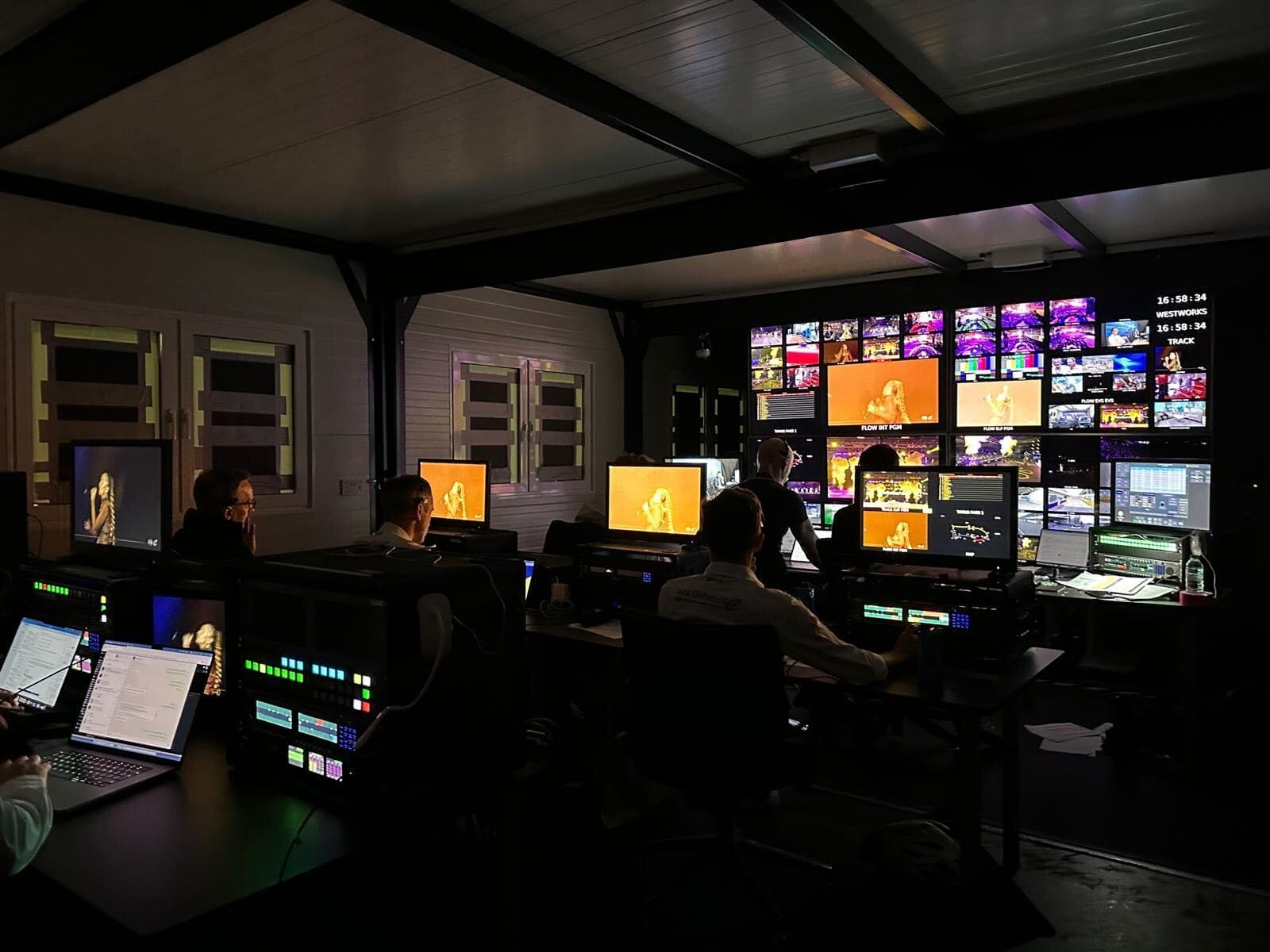
A central one will be the 'timing tower' which is a leaderboard in all but name. There are six stages to the timing tower to help viewers follow the story of the race. This starts from the moment the State of Charge (SoC) that will trigger pitstops and it runs all the way through to the driver rejoining the track.
Also, utilising countdown clocks, split screens and the driver tracker map, the production will aim to build tension around the moment of release from the energy boost at the minimum 34s stop mark and the rejoin.
Additional 'explainer' graphics will also be added to help inform the viewers of the overall picture of the race. These can be used in advance of the pit window to set up strategy possibilities and then during the pitstop sequence itself.
Another new feature will also be head-to-head graphics that focus on battles for position on track between drivers who have pitted and drivers who haven't. These will include time lost in pits and the gaps between drivers.
But it isn't just Pit Boosting that will have new illustrative graphics because finally there will be a new graphic informing viewers how many attack modes a driver has at any given moment. This will follow the format of: Two dots against driver name equalling two modes left, one dot for one mode left then zero dots.
Viewers will also likely get used to the phrase 'pit leader' according to Tim Glass, who is Formula E's director of broadcast and content, because "effectively creating two packs of leaders for a short time needs a snappy explainer and 'pit leader' is concise and easily understood."
"The story we're looking to tell is that this really impressive technology is going to make the action on track even more exciting," adds Glass.
"It's going to deliver higher average speeds and more flat-out racing. It introduces a whole new strategic element for the teams and jeopardy into the race and we have to think about introducing new graphics and language to help tell that story to the viewer who can just sit back and watch the drama unfold.
"One example is having a 'Pit Leader' who may be down in eighth place in terms of track position but because he pitted early he's actually leading the race."
Building that story and to that moment when the groups merge, who got it right, who got it wrong, and precisely how they rejoin on the track will clearly be key for the producer and director to get right.
The blend jeopardy
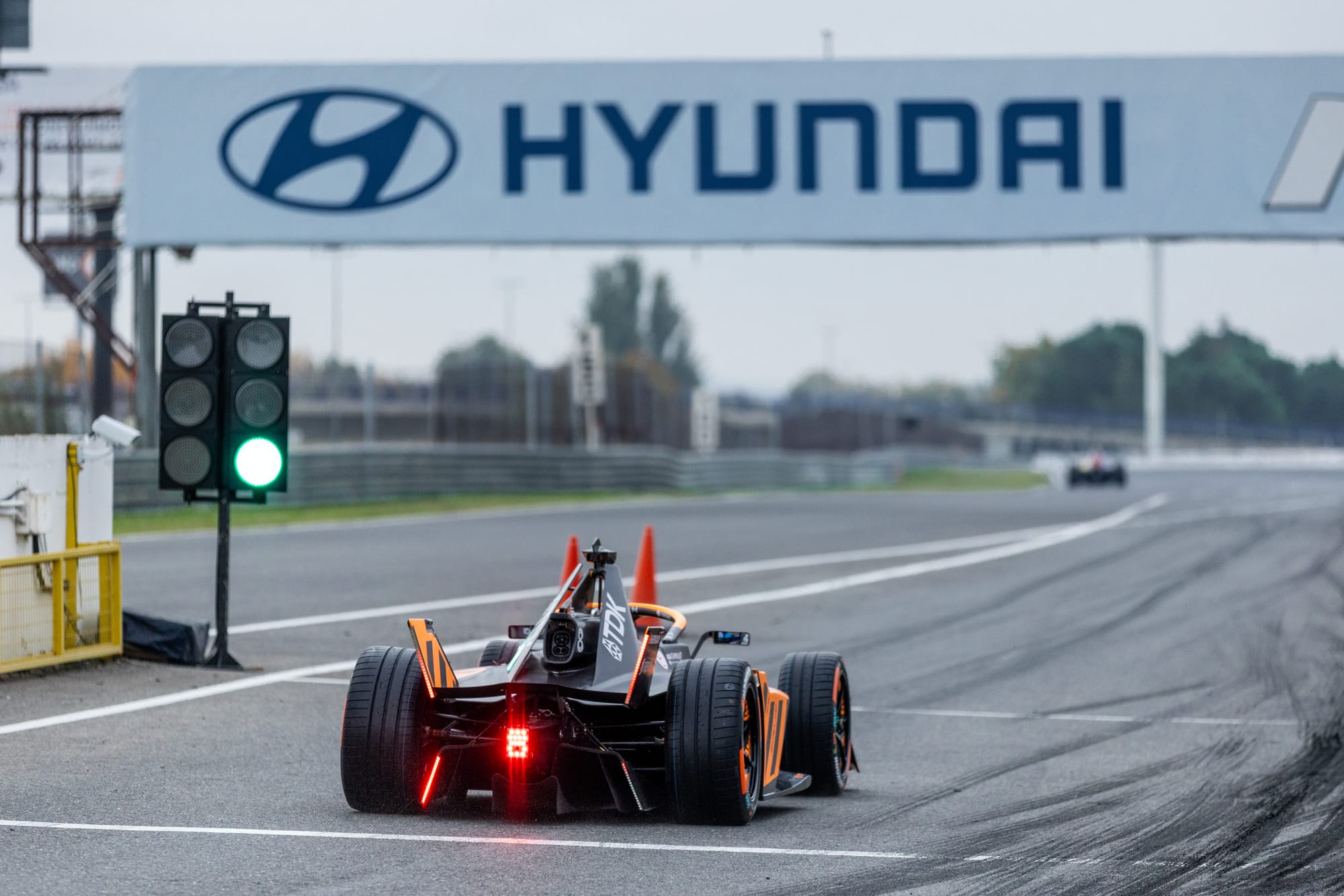
"Clearly it's not 18 mechanics doing wheel changes in two seconds, but it's still very important that they get it [the Pit Boost plug] on accurately," says Scott.
"That's critical, and the depart back and out of the box will be really dynamic. When the cars light up and they go, you will get the initial burst of acceleration so it will be rapid."
Unsafe releases are widely anticipated to provide a lot of drama in the pits, which will be flagged by race director Scot Elkins and his array of spotters too, including the traditional pit observers.
On TV there won't be a rigid clock on the pitstops because "it's not that interesting to watch a clock go 50 seconds when it's still all about the on-track racing", according to Scott.
The TV set-up will also use the direct access to Elkins in race control too, something which it has had for several seasons anyway. Elkins and his staff will be able to view CCTV mounted atop each Pit Boost position, in which drivers have to hit precisely painted boxed marks in their designated stopping area.
"I think the pitstop for us is about the merge, and about telling the story of the relative use of pace to get yourself in the best position," said Scott.
"We also want to be looking at the team principal's face, just before the stop, just as they're coming into the window, because he's going to be unpopular with one of his drivers on occasions as they have to prioritise."
Formula E innovations such as the Virtual Engineer predictor will also be used using renowned racing software tech firm PaceTeq.
Eventually helmet cameras on the Pit Boosters themselves will also be looked at, something which was first introduced in IndyCar racing.
Interestingly, Scott and his long-term collaborator in the galleries of circuits from GT to A1GP and F1 of yore Westbury Gillett also pioneered the overview plan shot of pitstops, made famous more recently by the 'Drive to Survive' opening credits of an F1 car stopping in the pits.
"Everyone calls it the 'Drive to Survive' shot, but 'Westy' invented that back in the 90s!" says Scott.
Formula E is not exactly diving into the unknown in Jeddah but as ever with new innovations, there are dozens of things that can go wrong. Some probably will and there will be unhappy teams and drivers along the way, but the promoters of course will mostly revel in it all.
It remains to be seen if the fans will follow suit. And that will likely, and crucially involve just how efficiently it can follow the races in the first place.

